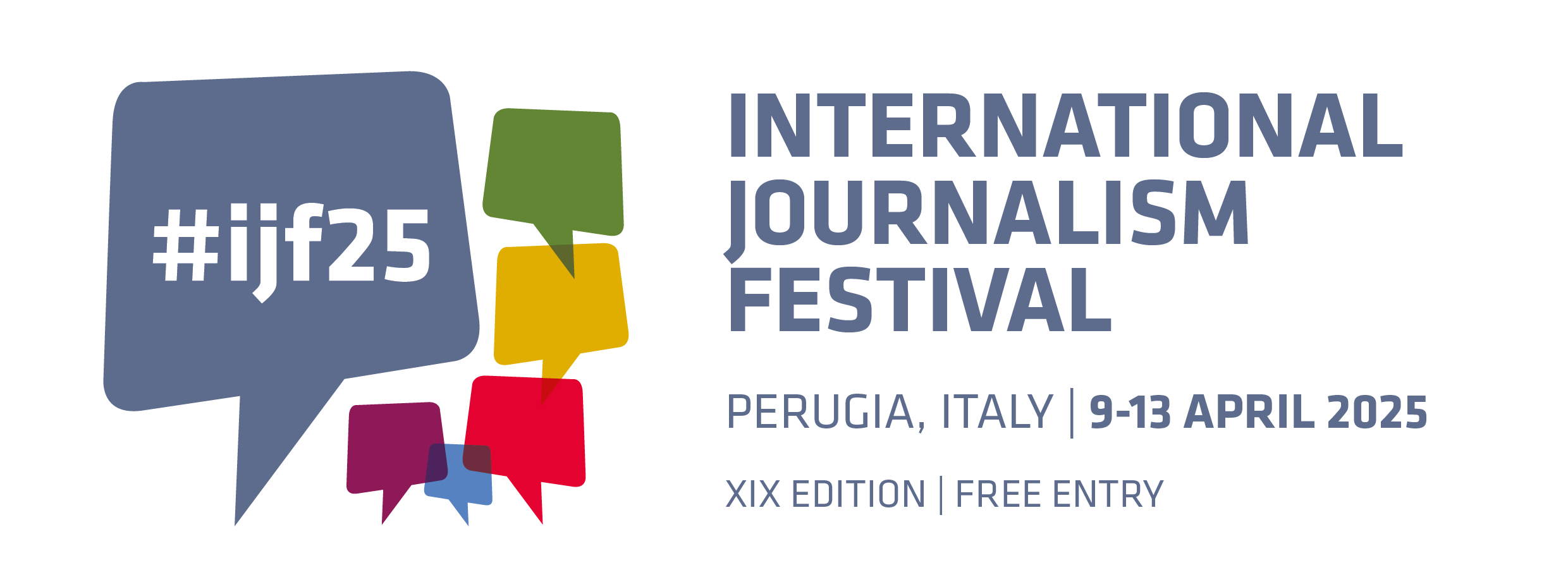by Vincenzo Marino – translated by Roberta Aiello
«It’s About To Get Ugly in Media Startupland»

image via Piero Glina
In the last few months we have often focused on the crisis of legacy media, old newspapers put to the test of the digital revolution. What about the new players? According to PaidContent and Skift founder Rafat Ali, who expresses his opinion in a post titled «It’s About To Get Ugly in Media Startupland,» the future for news startups is anything but promising. Just check out the news aggregators to see «cracks in the last two months that have started showing, companies closing, layoffs happening» – not to mention the still unclear and ambiguous impact of platforms such as Facebook that «can pull the plug in one go, any time they want to» (a possibility discussed last week.) Recently, unpromising examples and updates have been seen. Besides the painful and strenuous resistance of old media, the slow start of projects like FiveThirtyEight of Nate Silver (which, according to some, has initially not ‘brought home’ expected results, after the big excitement of the launch) should be considered, as should the difficulties encountered so far by FirstLookMedia of Pierre Omidyar, mired in a context of structuring more convoluted than expected (the stark difference between expectations and reality, according to Mathew Ingram) and some major defections, not least of which the former Rolling Stone writer Matt Taibbi (regarding this problem, «The Pierre Omidyar Insurgency» on NewYorkMag is worth reading).
In a week dominated by the midterm elections in the US and how they have been told (Lego included), the survival topic has indeed been a major theme in the discussion about journalism. Even Gawker, with its ironic tone, has tried to draw a picture about the possibility of salvation for newcomers in the future media landscape, analyzing them one by one. While on the one hand the former New York Times Executive Editor Jill Abramson announced, some days ago, the intention to start a new longform journalism startup paying about $100,000 for a piece that «is longer than a magazine story but shorter than a book» (encountering some skepticism “Good luck with that“,) on the other hand a project that has always been praised such as Homicide Watch D.C. has announced the forthcoming closure for lack of funds (here you can find some debates with the co-founder Laura Amico at the 2014 edition of the International Festival of Journalism). As if to symbolize the fact that the journey to the land of successful models is still long, Rafat Ali reminds us that it is necessary to focus on what can work both for readers and business, steering clear of «diva-star» and low level content. «Perseverance, above all else. Keep your head down, build stuff, focus on building a business, and good things will happen.»
«Let’s do this»

Image via Mashable
Jaron Gilinsky is actually giving it a shot. Freelance correspondent for Current and the New York Times, Gilinsky has set up an Airbnb-style platform for journalism, where freelancers can make their pitches to publishers for commissioned pieces. The name of the project is Storyhunter and it has been online in private since 2012 with a beta test reserved for a number of partners (such as Fusion, MSNBC and AlJazeera), that was made public only a few days ago. It is an online meeting place where foreign correspondents offer their own idea of articles to publisher members, who in turn can easily find proposals and authors with portfolio and profile pages. «My big frustration was: how do I reach all of these publishers who would probably be interested in the story I’m producing, but they don’t even know that I exist?,» explains Gilinsky at the WebSummit Conference held in Dublin this week. «Then I saw Airbnb, and it was a real inspiration for me, just seeing how they created this marketplace of buyers and sellers and then matched them up.» Currently, the service is also involved in providing insurance («insurance is no longer a privilege: It’s a right») and managing the business transaction between the parties. It is not a channel for citizen journalists: more precisely, «I want to make it easier for people to make a living at doing this.»
While, among new media, there are those like Fusion who are trying to enter the fray by proposing new formats (sending a message to the competition, after hiring writers such as Alexis Madrigal and Felix Salmon), other services “for” journalists continue to be born and remain. This is the case of Beacon which, in the last few weeks, celebrated its first year of life (discussed here). This week, the platform has announced an agreement with Newsweek, which will use crowdfunding to pay for articles and news content, and launch its own project entitled «Understanding the College Rape Crisis.» The news, as well as being characterized by a new example of collaboration between old and new, becomes more relevant, if the words with which the director of the historical newspaper talked about this partnership, are considered. The question is not only about how to find the money for the article – which the HuffingtonPost had already been accused of last summer – but to show the will to engage readers and make public the entire process of building the product. The co-founder of Beacon Adrian Sanders explained the idea to Mathew Ingram with similar words: «It is a way to find out what readers find truly valuable,» and to find that some products, that would not necessarily make sense in an ad-based market, actually have a significant relevance for the audience.
Digital-first, but «audience-foremost»

«We need to stop being the gatekeepers and find ways to work with people that used to be our audience,» said the founder of Storyful Mark Little at a meeting with journalism students of the University of Florida. The Guardian has been trying to do it, starting from the redesign of its website, asking for the collaboration of users and leaving open its construction on GitHub (which allows software structure to be made public, so facilitating collaboration). According to John Paul Titlow of FastCoLabs, that of the British newspaper would be an «open source model» full of benefits to emulate. The concepts of transparency and authenticity, however, are fundamental in a scenario in which the journalist loses authority, and no longer controls the flow of news. «Social media has proved to us that the breaking news model is broken for good. It’s broken as a concept,» explained Little at the WebSummit Conference. A system that has worked for decades, but risks not having any sense anymore: the idea that you are the first to break something «is completely bullshit,» Little continues, «because someone out there has witnessed it» and probably has already announced it to the world.
What can be done in a world in which there is always a need for journalists (two types, according to the CEO of Storyful: those in the field and those that filter the news)? To forget the «fake currency» of authority, trying to understand the reality that you want to describe, also by passing through media that is not exactly journalistic – such as Twitter, remarks Matt McAllister, Europe editor of Time – and through a wide range of different interpreters, reporters or otherwise. This week Jessica Weiss of International Journalists’ Network tells the story of the Liverpool Echo, a publication that in 2009 became aware of this gap in the field, trying to bring the news of the collapse of a crane in the city center, while the first photos were shared on the Internet by residents and eyewitnesses. «The story was out there, happening, and if we weren’t telling it in real time, we weren’t going to be part of it,» said Allison Gow, who was a member of the digital team of the newspaper at the time, speaking of it as the key episode that led to the acceleration of the newspaper’s digital shift, improvising for the occasion with her first live blog.
Gow, who is now the director of digital innovation at Trinity Mirror Regionals, has eight suggestions on ways to transform the digital culture of a website and embrace renewal (they can be read here): digital-first approach but «audience-foremost,» readers engagement, interaction and accessibility, to experiment and be committed to engagement with communities, trying to understand their requirements (possibly anticipating them) and accepting their recommendations.


